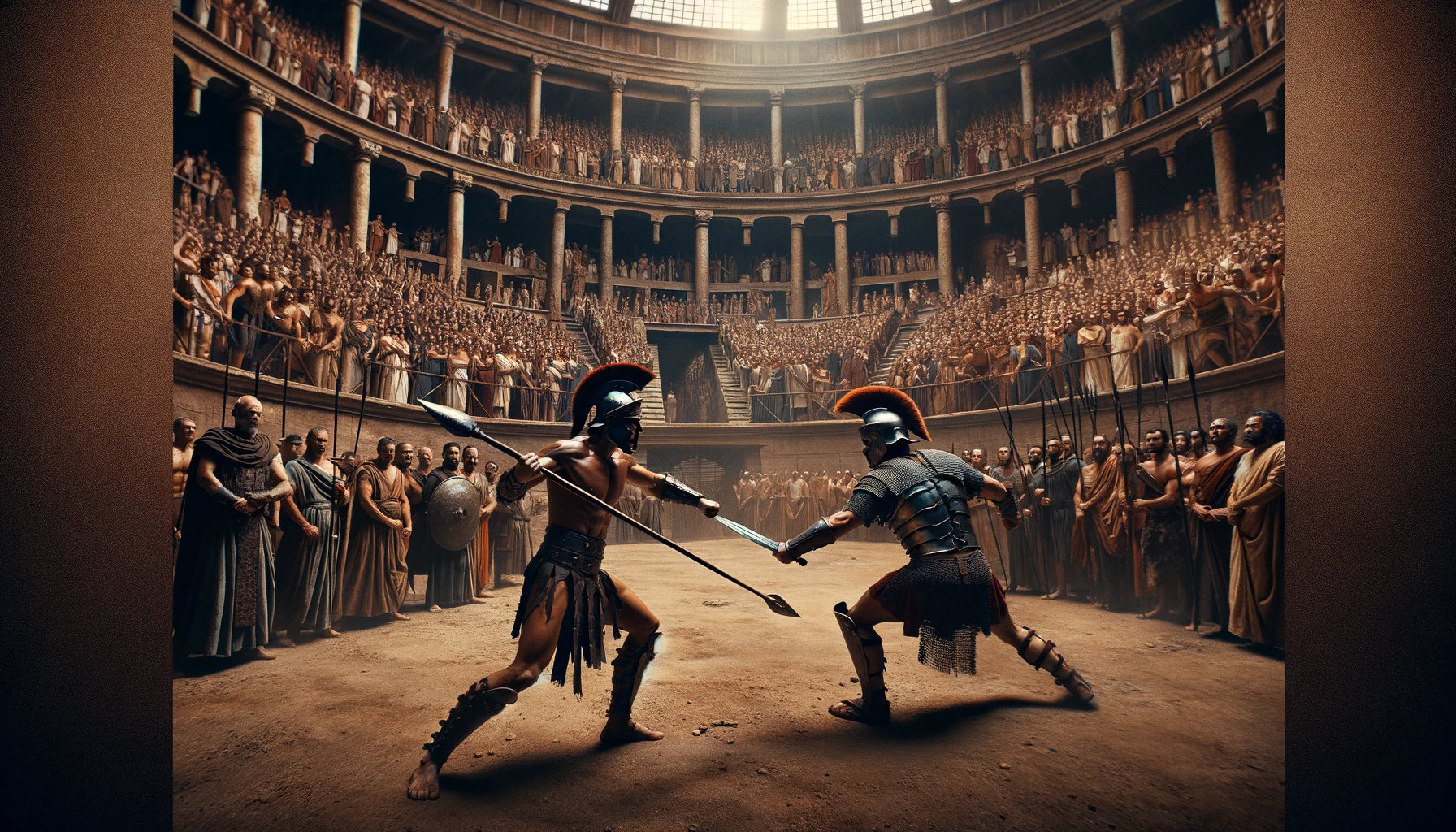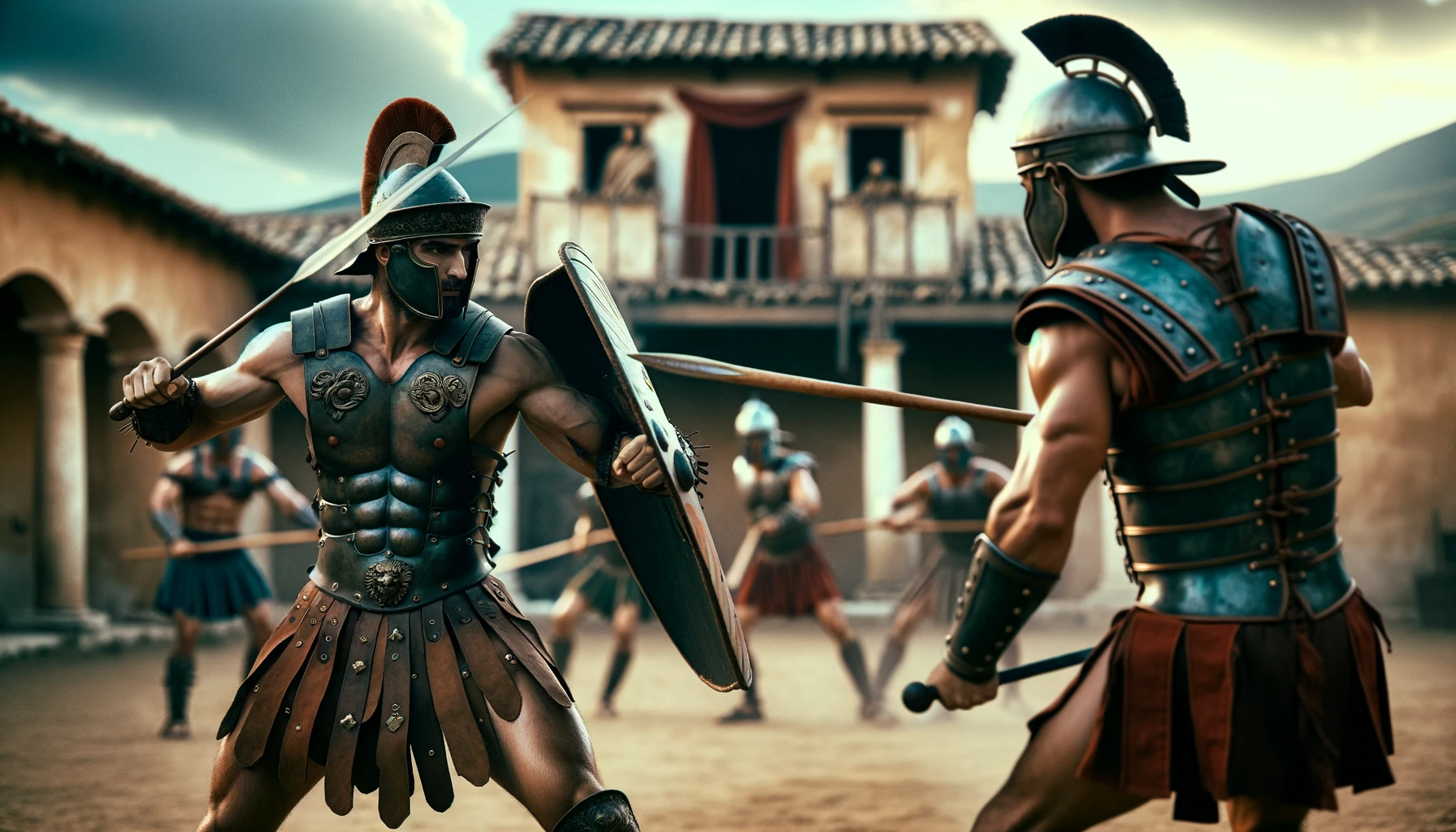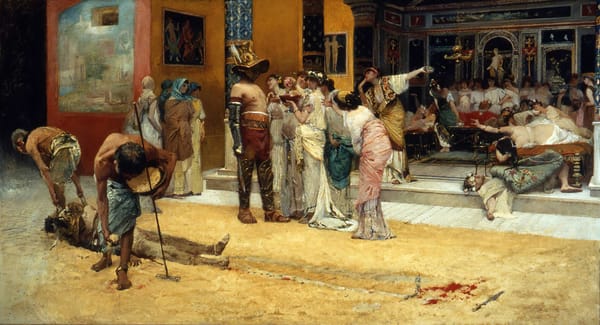Things about Roman Gladiators you might not know
The facts behind the legendary gladiators and their fights to death in front of the hungry audience.

Gladiators in ancient Rome are often romanticized as heroic fighters or vilified as brutal combatants, but the truth of their existence encompasses a far broader and more complex spectrum. Their world was one of harsh realities, rigorous discipline, and, occasionally, surprising opportunities.
From the origins of the gladiatorial games in funeral rights to the vast amphitheaters that became their battlegrounds, the life of a gladiator was steeped in the culture and politics of Roman society. Many gladiators were prisoners of war, slaves, or criminals, yet some were free men seeking fame, fortune, or the thrill of combat.
The Roman gladiatorial games originated from funeral rites, particularly from the Etruscan tradition. These rites initially involved human sacrifice and bloodshed as a form of tribute to the deceased, believed to appease their spirits. The practice evolved over time, transforming into the gladiatorial combats of the Roman era.
These combats, initially part of funeral ceremonies, gradually became popular public entertainment, often sponsored by emperors and wealthy citizens for political gain and public favor. The transition from somber funeral rites to public spectacle reflects a significant cultural shift in Roman society.

The life of a Roman gladiator was layered with complexity. They were both revered and reviled, celebrities and slaves. Training in a ludus, a gladiator school, was not just physical; it was a comprehensive education that included learning how to enhance the theatrics of combat, necessary for the games that were as much performance as they were sport.
Training was rigorous. Instructors, often former gladiators themselves, taught combat skills essential for survival. Despite the violence inherent in their profession, gladiators followed a strict regimen and adhered to a code that respected bravery and skill above all.
The gladiatorial games served as a tool for political propaganda and control, with emperors and politicians sponsoring lavish games to curry public favor. Yet, the life of a gladiator wasn't always grim. They had access to medical care and a diet designed to build strength and stamina, a luxury for many in ancient Rome.
Their status also afforded them a certain erotic allure, and they became the subject of Roman fantasies, as evidenced by the graffiti and art that survive today. Surprisingly, some gladiators could even secure endorsements, much like modern sports stars, with their images used to sell products ranging from perfumes to pottery.
The games themselves, often held in monumental amphitheaters like the Colosseum, were meticulously organized events. A day at the games could see a variety of matches, animal hunts, and even naval battles when the arena was flooded. Gladiators had specific roles, with distinct equipment and fighting styles, providing a rich tapestry of combat for the audience.

Despite their enslavement, gladiators could amass considerable wealth and fame. Successful gladiators could be awarded purses of gold coins, and those who were freed often had enough to buy a comfortable retirement. Some even opened their own schools or continued to participate in the games, unable to leave the adrenaline-fueled life behind.
The types of gladiators were as diverse as their origins. From the heavily armed murmillo (the murmillo, a type of gladiator in the Roman Imperial age, succeeded the earlier Gallus class, which was modeled after Gaul warriors. As Gauls in Italy became assimilated with the Romans, especially during Augustus' reign, it was no longer appropriate to depict them as adversaries. Consequently, the Gallus class was phased out in favor of the murmillo class) to the nimble retiarius, (the retiarius, easily recognized among gladiators, gained popularity in the mid-1st century AD. This gladiator type, clad only in a loincloth and belt, with an arm-guard on the left arm and a shoulder guard, was equipped with a net, trident, and a small sword or dagger. Despite this arsenal, the retiarius was one of the most lightly armed gladiators, often pitted against the secutor in combat), each had a role to play in the elaborate spectacles that entertained the masses.
Their armaments and fighting styles were carefully matched to create a dramatic and exciting contest, but not always a fight to the death as popular culture often portrays. In fact, combat to the death was less frequent than expected; gladiators were valuable investments, and their lives were not wasted thoughtlessly.

The allure of gladiators extended beyond the arena. They became objects of fascination and even admiration among the Roman populace. Some achieved fame comparable to modern-day sports stars, their names heralded in graffiti, their likenesses captured in mosaics and statuettes.
Despite the brutality of their lives, gladiators could win their freedom. A rudis, a wooden sword, was the symbol of this freedom, granted to those who had served well and survived. For some, this freedom allowed them to retire in comfort, for others, it was an opportunity to continue within the world they knew, as trainers or even as voluntary fighters.
The demise of the gladiatorial games coincided with the moral and financial strains of a declining empire. As public sentiment shifted with the rise of Christianity, which frowned upon the games' bloodshed, and as the costs of mounting such spectacles grew unsustainable, the era of gladiators gradually faded.









About the Roman Empire Times
See all the latest news for the Roman Empire, ancient Roman historical facts, anecdotes from Roman Times and stories from the Empire at romanempiretimes.com. Contact our newsroom to report an update or send your story, photos and videos. Follow RET on Google News, Flipboard and subscribe here to our daily email.
Follow the Roman Empire Times on social media: